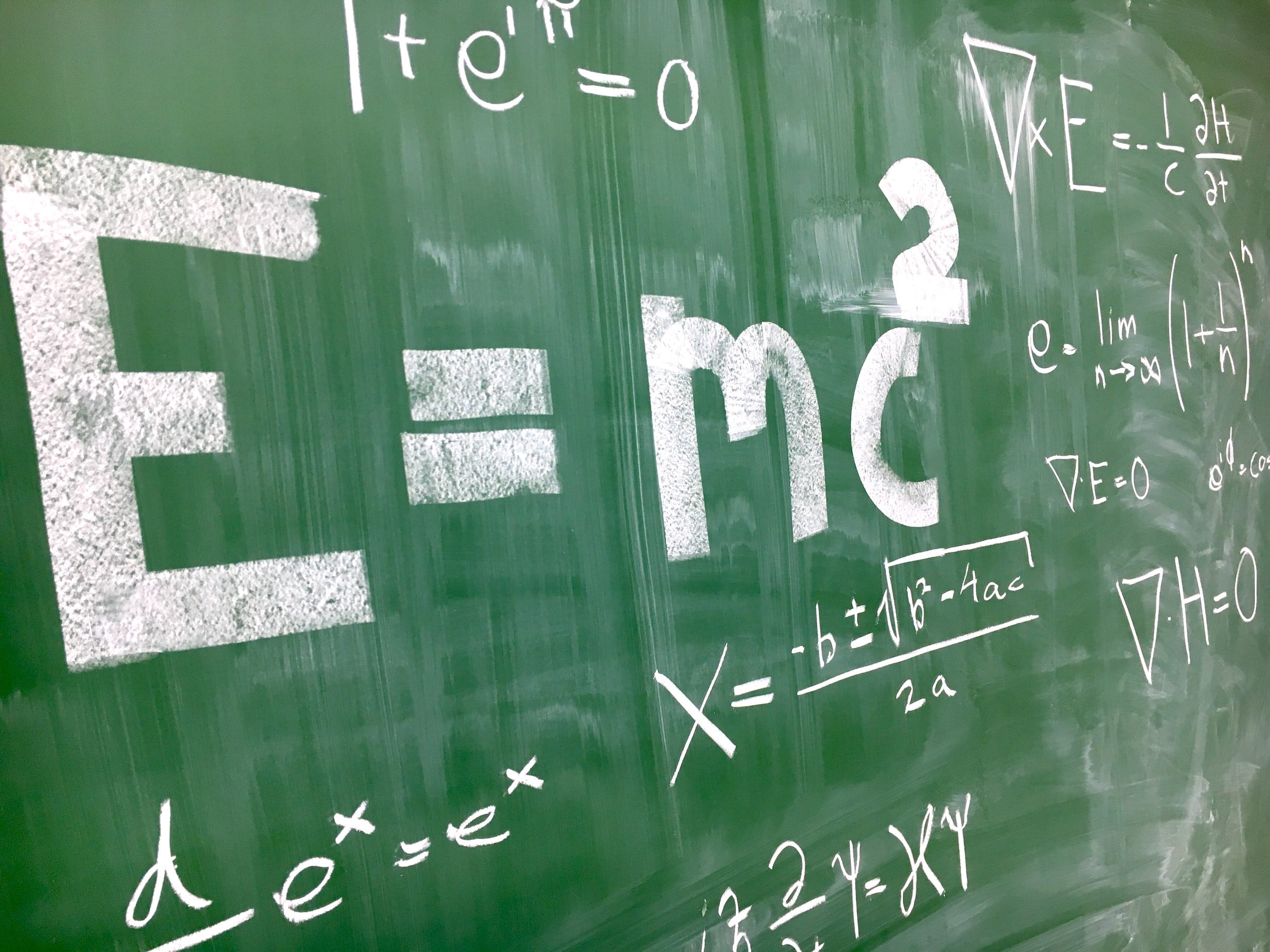On My Bedside Table is a book review series that wants to make sure that the best books are read over and over again. Find out more about the series here.
Things to Make and Do in the Fourth Dimension, Matt Parker (2014)
“If someone works in math research, they’re not simply doing harder and harder sums, or longer divisions, as people imagine. That would be like a professional soccer player merely getting faster at dribbling up the field. Professional mathematicians are using the skills they’ve learned and the techniques they’ve honed to explore the field of mathematics and discover new things. They might be hunting for shapes in higher dimensions, trying to find new types of numbers, or exploring a world beyond infinity. They are not just practicing arithmetic. Herein lies the secret of mathematics: it’s one big game.”
How should you cut a pizza? What’s the optimal dating strategy? What is past infinity? And, of course, what are the oddities one encounters in the fourth dimension (and higher dimensions)? These are just a few of the dozens of wonderful questions that Matt Parker brilliantly brings together in Things to Make and Do in the Fourth Dimension.
Doubling as a mathematician and stand-up comedian, Parker presents many of the mathematical curiosities that mathematicians celebrate in a fun, accessible style that allows them to be enjoyed by a much wider audience (even by those of us who don’t have the fondest memories of math class). I especially enjoyed the chapter on knot theory–my own area of mathematical research–which covered the knotting of DNA, a clever way to tie one’s sneakers, and some cutting edge results on how one should not hang a portrait on one’s wall.
Parker ends the book by asking, “If math is the consequence of games and puzzles, the result of pure intellectual thought, why does it end up being so practically useful?” I wish more was said on this. Many mathematicians have reflected on the mystery of why we and the universe are designed such that we can pursue a line of mathematical curiosity and end up with a richer understanding of how the cosmos is ordered. The nobel laureate Eugene Wigner concluded this mystery is a “miracle” and a “wonderful gift which we neither understand nor deserve.” (The Unreasonable Effectiveness of Mathematics, Eugene Wigner). The more one explores mathematical puzzles such as those of this book, the more one appreciates this gift.
Something else happens, as well.
I believe that when one is invited to think in higher dimensions and to contemplate the infinite, the desire for eternity is awakened in the human heart.
We’re counseled, “Heaven is a school; its field of study, the universe; its teacher, the Infinite One” (Education, Ellen White). Elsewhere I have written on how mathematics, such as that found in Things to Make and Do in the Fourth Dimension, offer windows into eternity that remind us that there are joyous fields of never-ending study that are open before us. Thus, mathematics can serve to broaden our thinking and deepen our appreciation for the gift of eternity given us in Christ.
Anthony spends his time puzzling at the equations, knots, and other mathematical objects that fill the books that line the wall of his office at Andrews University. His greatest joy is in helping students know Christ as “the center and circumference of all truth”.

Leave a Reply